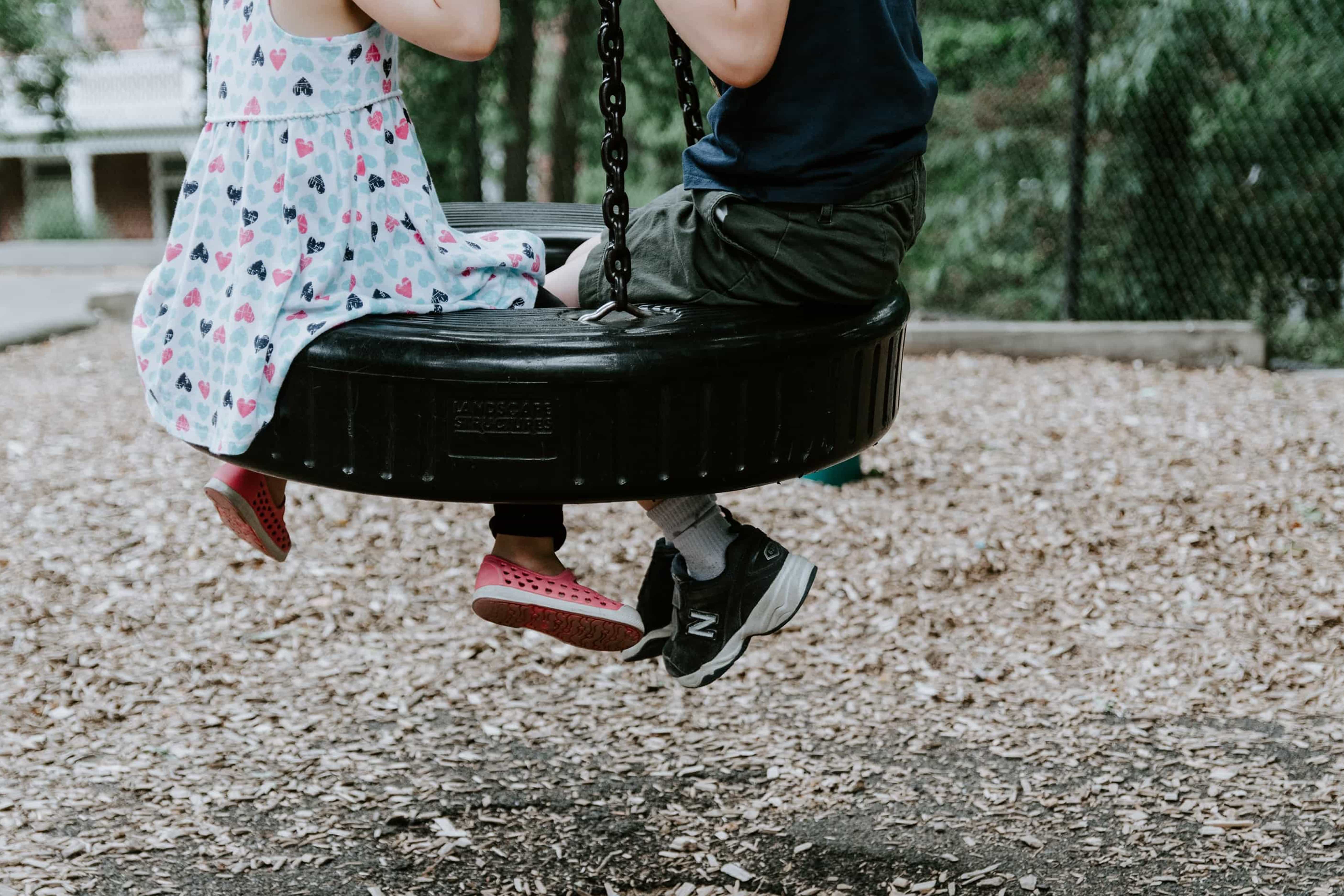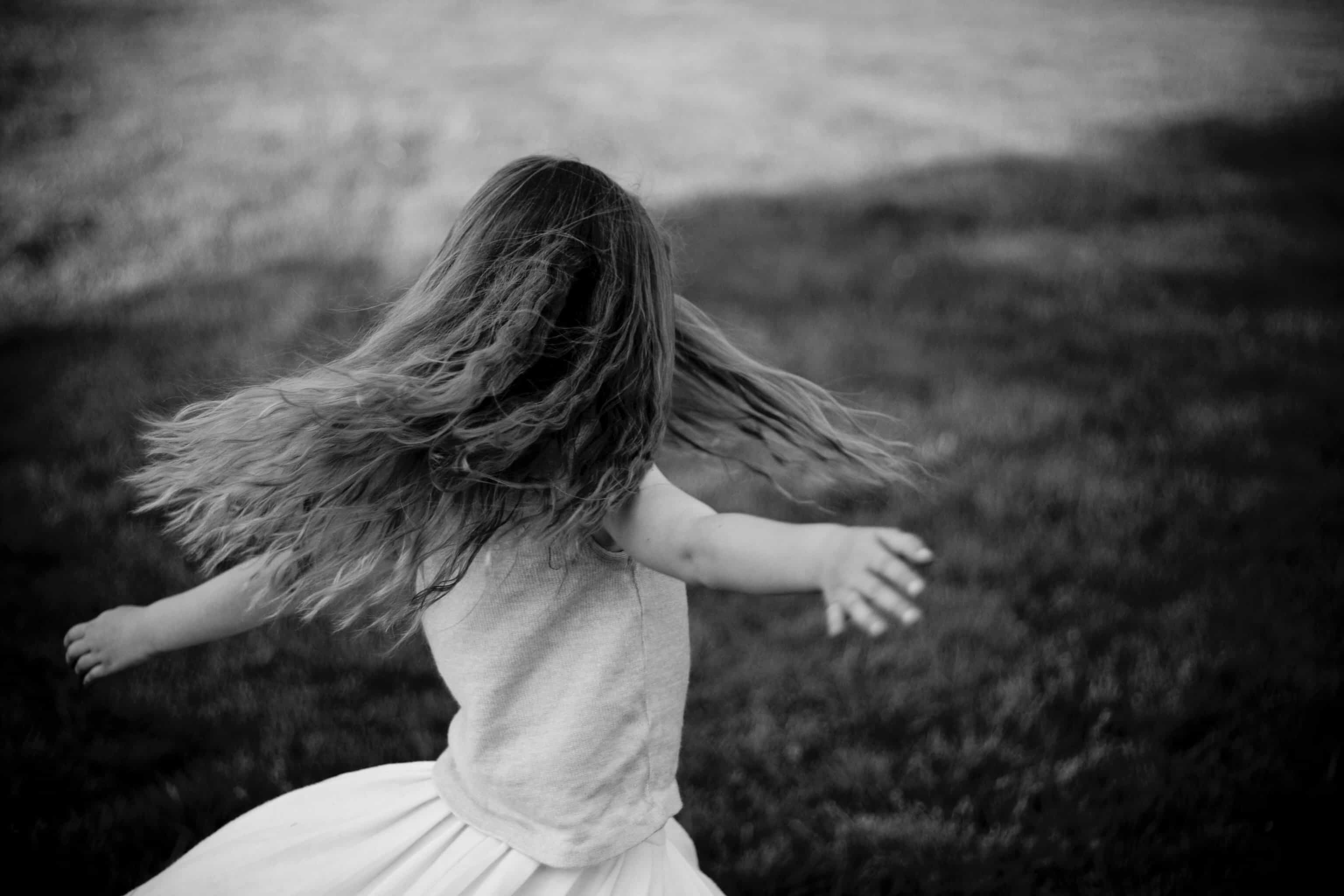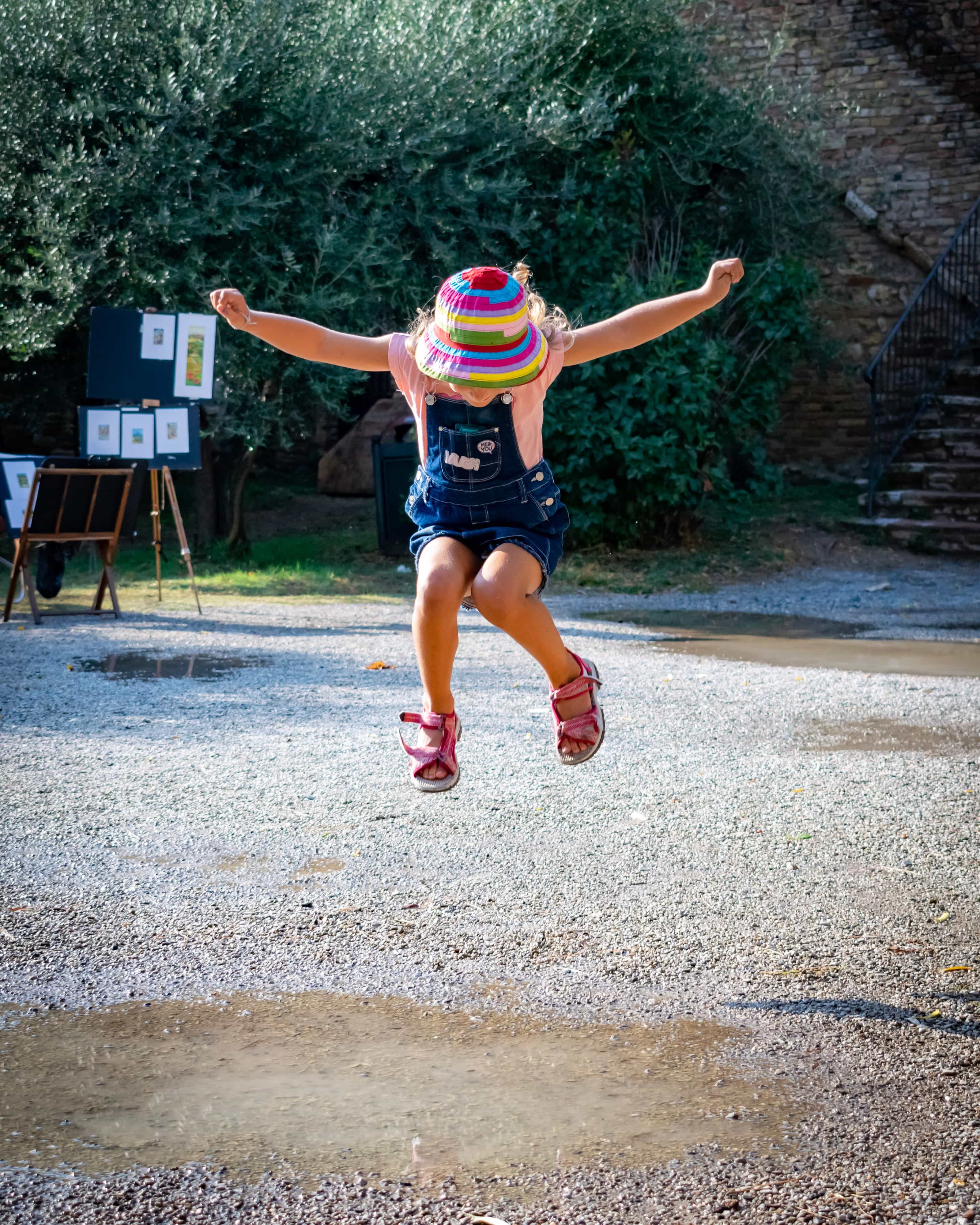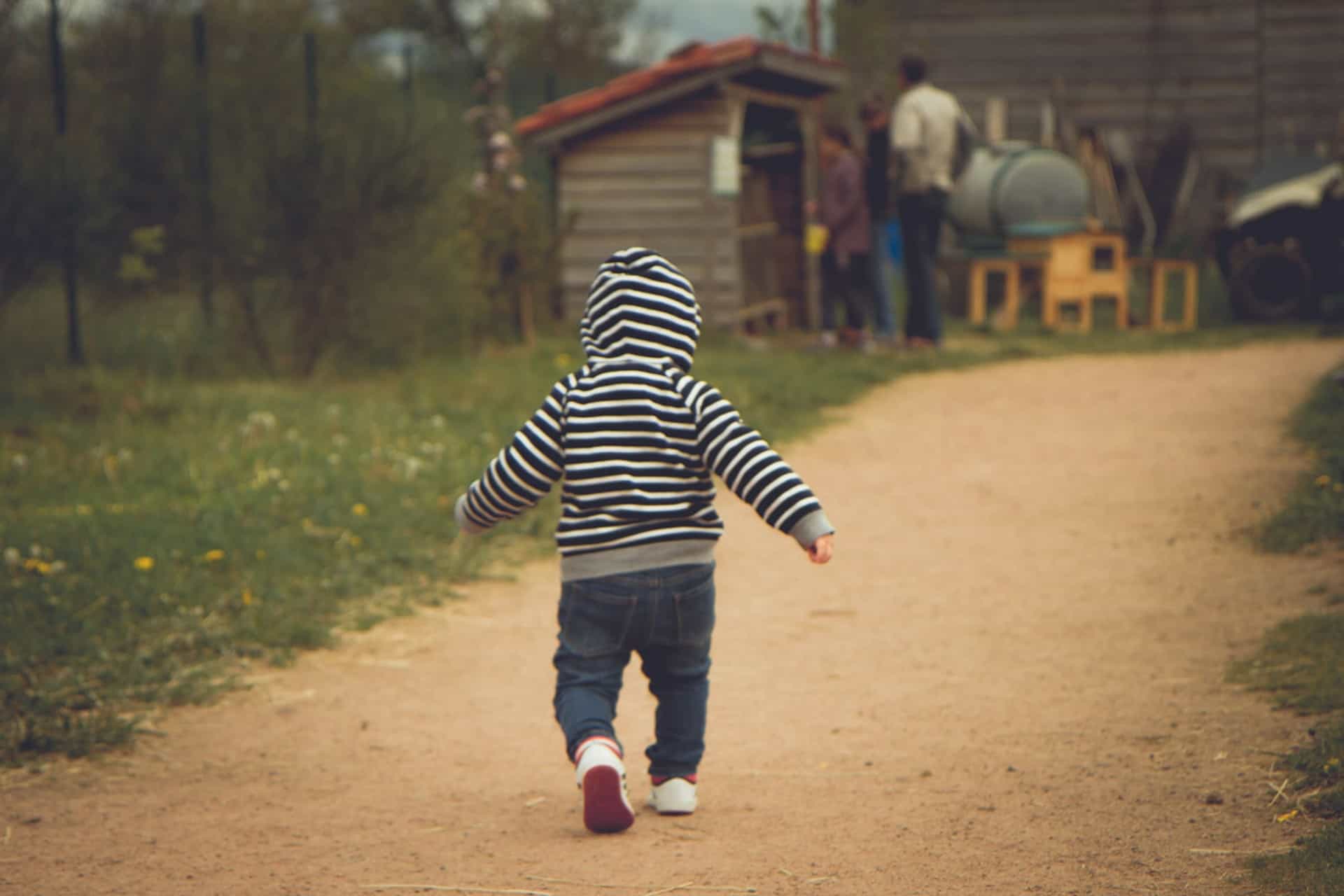Swinging, spinning and rocking - our senses and movement
- Gross Motor

Young children love to move and soon after taking their first steps they often seem determined to unsteady themselves again. Children seek out opportunities to make themselves dizzy by spinning or tipping upside down, or to challenge their balance with swinging or rocking.
We see toys over the years that have this purpose, from roundabouts, swings and seesaws at the park to rocking horses made hundreds of years ago and now in museums or stately homes.
Have you ever watched your child spinning, knowing they will make themselves dizzy and wondered why they keep doing this? Have you ever wondered why your baby or young child cannot keep still? In this blog, I am going to explore the development of two senses that you might not have heard of before, the vestibular sense and the proprioceptive sense. Understanding these senses will help you to understand your child’s desire to move and will give you some ideas about what can support the development of these senses and why that is important!

The vestibular system is concerned with movement, the development of the vestibular sense is important in ensuring good balance, posture and movement. The vestibular system enables us to coordinate our movements. This coordination is needed to ride a bike, or cut with scissors, where one hand holds the paper and the other the scissors.
Movement supports children to develop the muscle tone needed to be still and it supports their balance. We are aware of our movements due to receptors in our inner ear and these work with our other senses to help us to stay balanced. When children spin these receptors sense the movement, and as children become dizzy they learn how to manage that feeling and develop their balance. Children will often seek activities that make them dizzy, for example, rolling, spinning or hanging upside down. Jumping, swinging and rocking also stimulate the vestibular system and children seem to know they need to do these things. Through these movements, they are training their vestibular system to work with their other senses to improve their balance.

The proprioceptive sense is concerned with being aware of your body position, if you close your eyes and write your name you will be able to do this because you know where your hand is as you move it, this is also why you can get dressed in the dark! When the proprioceptive system is well developed you have an awareness of where your body is and of how much force is needed to do a particular task. The proprioceptive sense is linked to receptors in our muscles and joints, these receptors are stimulated by movement and pressure, so pulling, jumping, swinging and hugging all provide proprioceptive input. Our proprioceptive system helps us to avoid bumping into things, to climb and to hold a pencil to write. To do most things we need to know where the different parts of our body are, and as you think more about this you can see why developing the proprioceptive system is important.
Developing the vestibular and proprioceptive senses requires frequent opportunities to move, push, pull and explore physical challenges. For a baby, this might be during tummy time as they push with their hands on the floor. For an older child, this could be dancing, climbing or spinning. Many of the activities that we might take for granted as part of young children’s lives are great for supporting the development of these senses.
I don't think my parents thought about proprioception and vestibular development! Despite this, I remember games from childhood that will have been great for supporting the development of these senses. I remember a game that my brother and I loved and that we asked my dad to play frequently. In the game, my dad sat on the floor, we sat on his knee and then he closed his arms around us. The point of the game was to get out, so we pushed and pulled and wriggled to try to open the ‘doors’. I remember laughing and having lots of fun until Dad or Mum would decide it was time to let us escape! I can see now that this game was brilliant for developing proprioception, we were using our muscles and feeling the resistance from my dad. The game was helping us to explore how hard we could push and pull and develop a sense of our bodies and strength.
Many of the things that a child might do on a visit to the park, like climbing, rocking, spinning, swinging and hanging (either upright or upside down), stimulate the vestibular and proprioceptive senses. Circle games can help children as they have begun to develop more awareness of their body as in these games they can practise moving with others without pulling too much! Many of the activities that support children’s awareness of their body can be exciting, and it is important to think about that in terms of children’s ability to self-regulate. Young children might need an adult to help them recognise when something is getting a bit too exciting and to suggest that they pause and do something calm for a little while.

When we are born our senses are present but they are not developed or organised, this development and organisation is known as sensory integration. As babies and young children experience the world their brains develop the ability to process and filter the many sensory inputs that they experience each day. The development of sensory integration leads to the ability to self-regulate, attend and learn. Young children need opportunities to move in different ways to stimulate and develop all their senses, so next time you have a kitchen disco or a morning at the park think about how your child is stimulating their vestibular and proprioceptive senses as well as having fun!
Read more:
The Well Balanced Child Movement and Early Learning, (2005) Sally Goddard Blythe
